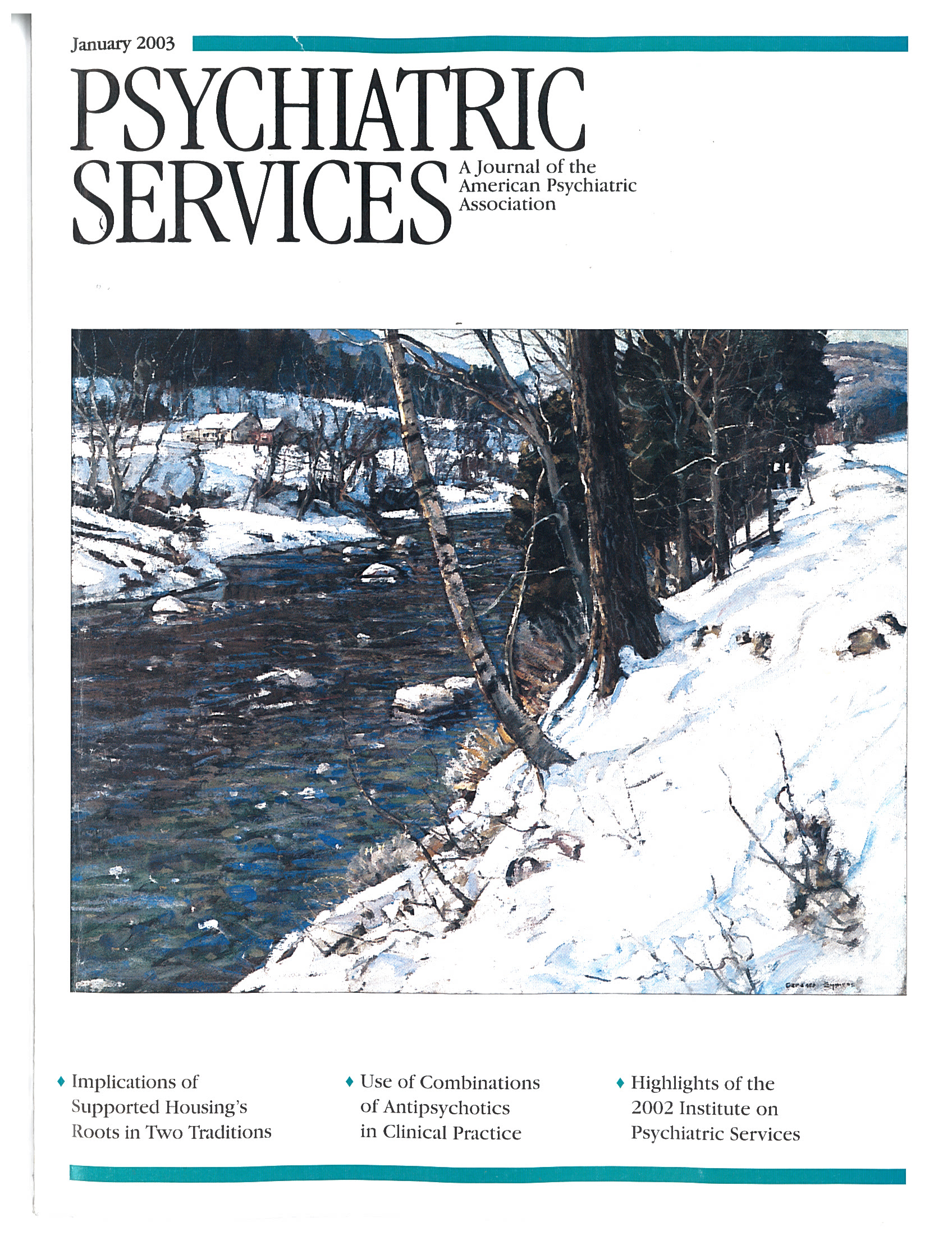Mad in America: Bad Science, Bad Medicine, and the Enduring Mistreatment of the Mentally Ill
Editor's Note: Two different perspectives on a controversial book, Mad in America: Bad Science, Bad Medicine, and the Enduring Mistreatment of the Mentally Ill, are included among this month's book reviews.
Newspaper journalist Robert Whitaker has written a chilling, sobering, and controversial book about treatment of persons with serious mental illness—in particular, schizophrenia. Written for the general public, Mad in America: Bad Science, Bad Medicine, and the Enduring Mistreatment of the Mentally Ill uses selected strands of medical, social, political, and economic history to tell a story from a particular point of view.
In the first part of the book, Whitaker describes early treatment of the mentally ill in Europe and America. In the seventh and 18th centuries, persons with mental illness were considered brutes. Madhouses and torturous somatic treatments became big business. In the 19th century, Phillipe Pinel in France and a group of Quakers in York, England, began to treat patients on the basis of a philosophy of traitment morale that included retreat-like settings, humane and fatherly superintendents, activities for the patients, and incentives for appropriate behavior.
In the United States, spurred by activist Dorothea Dix, the number of hospitals that combined somatic treatments and traitment morale grew rapidly in the 1800s. However, people with incurable organic diseases were admitted along with the mentally ill. Outcomes in the new American asylums were not as good as in moral treatment retreats in Europe and England.
In the second part of the book, Whitaker describes the early 20th century as the "darkest era" in the treatment of people with mental illness. The eugenics movement saw persons with mental illness as "social wastage" who could be denied basic human rights. Asylum populations soared, but expenditures in state institutions were only a fifth of what the American Psychiatric Association considered adequate.
Whitaker argues that "mad doctors" needed a better professional image. To justify psychiatry as a bona fide part of scientific medicine, they had to deliver cost-effective, scientific medical treatments. They tried animal hormone injections, arsenic injection, tonsillectomy, dental extractions, hysterectomy, oophorectomy, clitoridectomy, insulin coma therapy, metrazole convulsive therapy, electroshock treatment, and prefrontal lobotomy.
However, the development of medications to treat the symptoms of psychosis changed the image of psychiatry and increased its profitability dramatically. In part 3 of Mad in America, Whitaker chronicles the growth of the influence and income of the pharmaceutical industry. He tells in detail the story of the introduction of the profitable new "miracle drug" chlorpromazine. But, Whitaker says, the side effects of these new antischizophrenia drugs didn't get much public attention. Compared with patients who were not medicated, those who were treated with these drugs became chronically ill, were more likely to be violent, became more socially withdrawn, and were more likely to die early or suffer brain damage. Risks of tardive dyskinesia and neuroleptic malignant syndrome were downplayed.
In addition, World Health Organization studies showing better patient outcomes in Third World countries were ignored because of the strong influence of pharmaceutical companies on American psychiatry. For the same reason, Loren Mosher's 1970 Soteria Project was also ignored. The project, funded by the National Institute of Mental Health, showed better outcomes for unmedicated patients with schizophrenia who were treated in small, nonmedical residential settings with moral treatment approaches.
Finally, in part 4, Whitaker tells the story of the development of new, atypical antipsychotic medications. Since the 1980s, a pharmaceutical-company-financed, for-profit, community-based clinical trials industry has begun to eclipse academic research centers. In these trials, Whitaker claims, pharmaceutical companies have influenced research protocols and adverse events have been underreported.
Whitaker's summary statement reflects his view succinctly: "Madness is clearly afoot in American psychiatry, and bad science—as so often has been the case in mad medicine—has helped it on its way." With his engaging, muckraking style, he does not seek to paint a balanced picture. However, his sources are extensive, and he cites them in 29 pages of endnotes. In his indictment of "mad medicine," Whitaker challenges all of us to "keep the welfare of our patients foremost in mind."
Dr. Walker is clinical assistant professor of psychiatry and behavioral sciences at the University of Washington in Seattle and a clinical associate of the Seattle Psychoanalytic Society and Institute.



